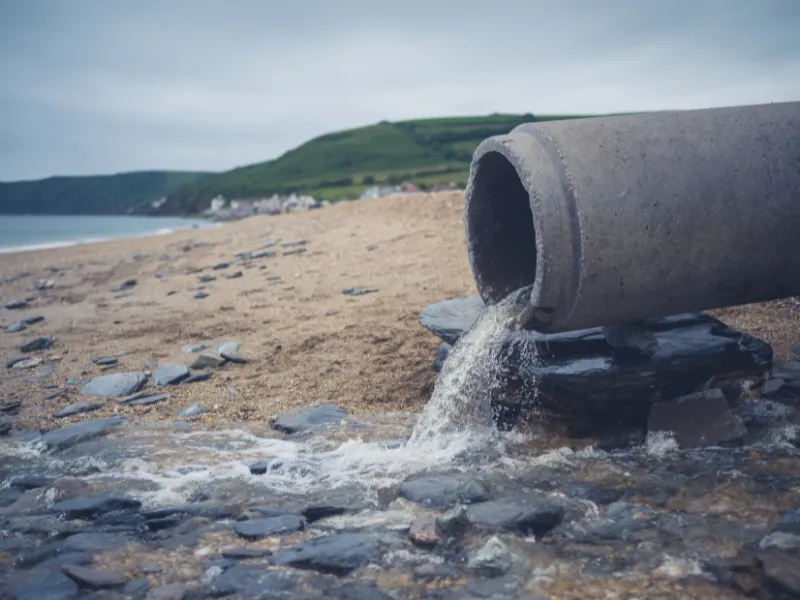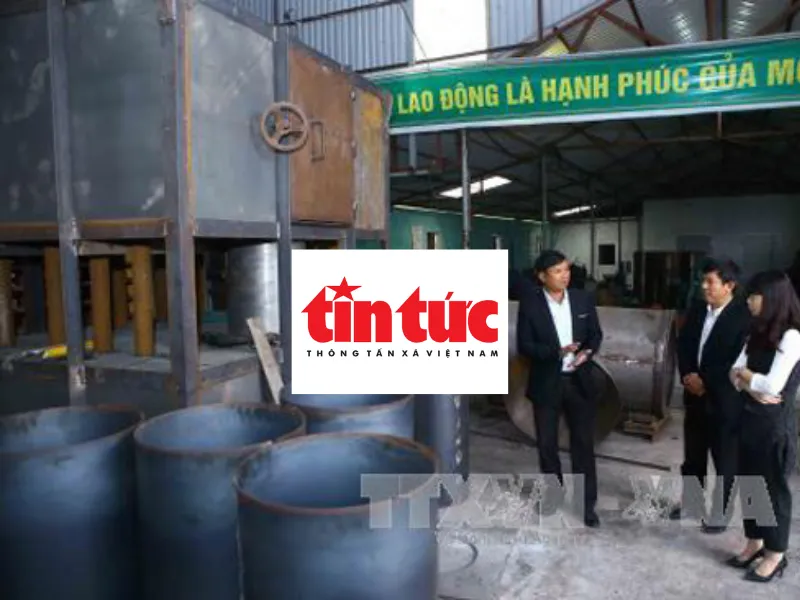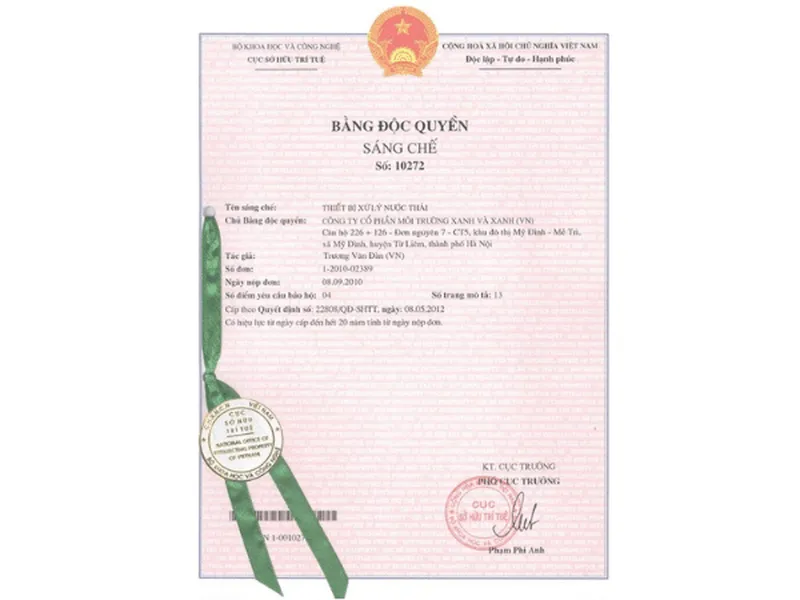MANHOLES WITH LESS SEDIMENTS
The invention belongs to the field of environmental technology. Specifically, the present invention relates to a non-sedimentation manhole for wastewater drainage systems for high-rise buildings that utilizes stored kinetic energy without creating a slope, without clogging, without deposition, ventilation, no odor, no pollution to the surrounding environment and easy to inspect and operate.
Technical nature of the invention
The purpose of the invention is to overcome the disadvantages mentioned above.
To that end, the present invention provides a sediment-free drainage manhole for horizontal underground pipelines. This type of manhole overcomes all the above disadvantages, bringing great economic efficiency, full of scientific, technical and environmental significance.
Unlike normal manholes, in which manholes are placed deep into the ground for sedimentation, while the inlet and outlet from the manhole are connected to incoming and outgoing water pipes, arranged in the upper part of the pit. gas station should always have a quantity of wastewater trapped in the pit, the manhole according to the present invention is located just above the sewage pipe so that its bottom connects to the sewage pipe through the opening on the upper wall of the pipe.
The technical essence of the present invention is to propose a sediment-free drainage manhole as an alternative to a conventional sedimentation manhole and to regulate the flow by using the excess kinetic energy of the washing drain shaft shaft in the order described. after:
The drain pipe for washing water is entered into the outlet pipe after the septic tank. In the case of using an integrated sewage pipe for the building without the use of a septic tank, enter all sewer lines from the sanitary facilities in the house. The horizontal pipe axis has the calculated cross-section still in the usual known ways. Wash water or synthetic wastewater has sufficient kinetic energy to produce the required flow velocity. On the other hand, washing water has a much lower concentration of dissolved gases than toilet water, so it has to be diluted to reduce the concentration of these gases in wastewater. Therefore, the evaporation of harmful gases into the environment will be greatly limited.
Non-settling drainage manholes are located at the merge point or at the post-grounding point of a riser drain shaft. After a certain amount of time, we put this unsettled manhole. This process continues until the end of the pipe length. The slope of the horizontal pipeline between stations is 0o.
Pipes and non-settling gas stations are washed many times, so there is no sediment and residual wastewater, so there is no fermentation and bad smell. At these stations, there are entrances to clear blockages and pick up trash when needed.
In the event of a problem such as a clogged pipe or a sudden increase in water flow, water will be distributed into the gas chambers. In these gas chambers, the water is raised and creates an accumulation of potential energy to maintain kinetic energy after the release of the fault.
The horizontal drain pipe axis satisfies the following factors:
- Washed many times through discharge cycles, so the pipe is always clean and free of deposits.
- Regulate water flow and store energy in the form of potential energy to create kinetic energy for the flow.
- Easy to visit and pick up trash, easy to unclog.
- No odor and bad gas production during circulation.
- There is no need for a slope, so it does not affect other underground works.
Effect of invention
- Reduce investment and operating costs, easy to install, easy to replace, durable, non-polluting, flexible, dynamic, efficient, civilized, economical, modern.
- The cost of production and installation of non-settlement manholes is estimated to be reduced by about 50% compared to conventional manholes.
- The cost of making horizontal plumbing shafts will reduce 50-85% of labor and machinery depending on the large or small length of the collection shaft. The amount of soil discharged during excavation and the amount of ground sand during the filling process will be reduced by about 72%.
- Construction time of drainage and wastewater collection items is reduced by 50-65%.
- Value and meaning in operation has reduced the burden on drainage companies and operators.
- Does not pollute the air environment, does not create hazardous wastes in the process of wastewater circulation and transmission.










main.comment_read_more